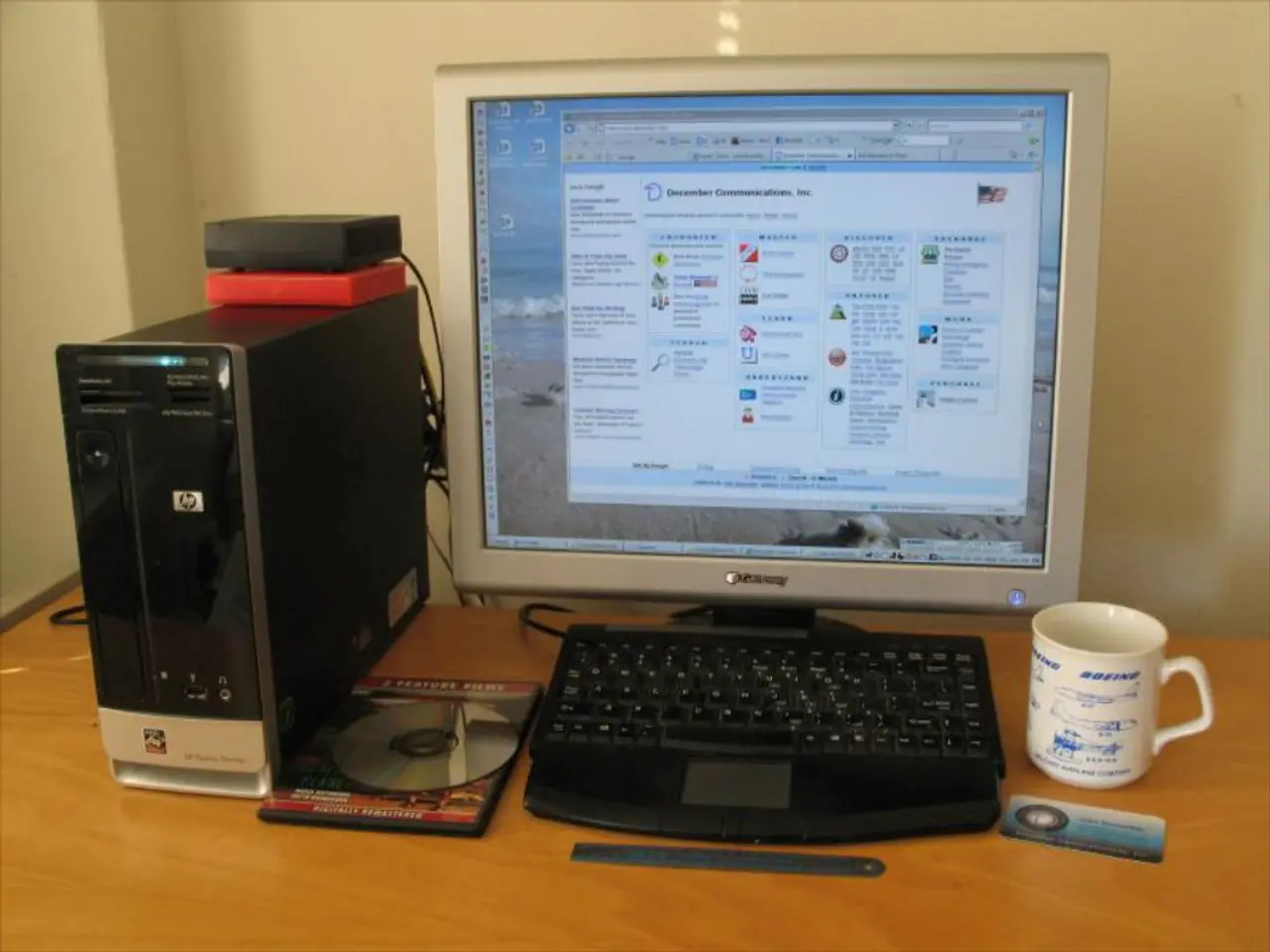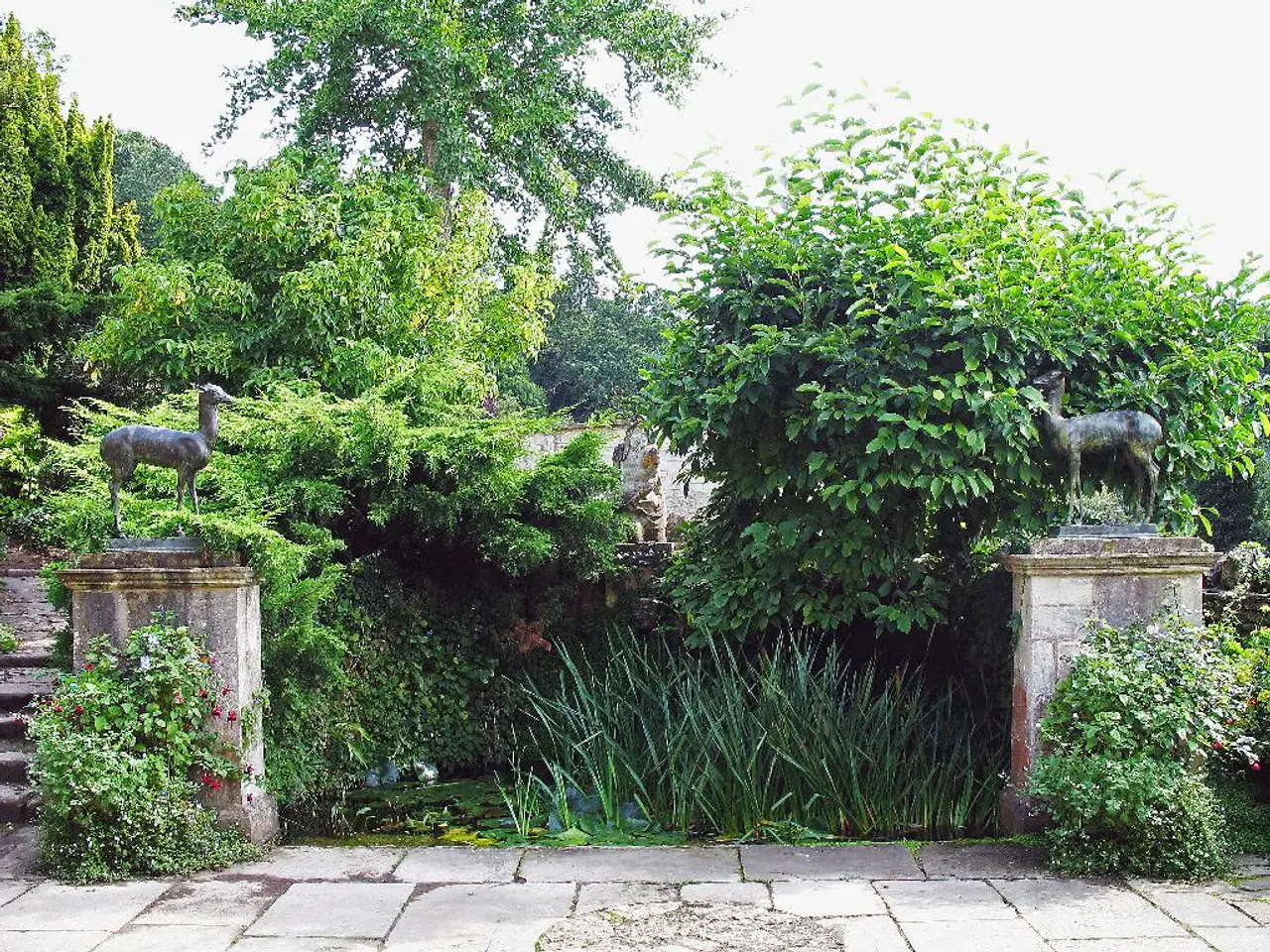"Ice Cream Surveillance: Maintaining Low Temperatures for the Perfect Dessert"
In a bid to prevent a recurrence of a melted ice cream incident, Scott Baker, a tech enthusiast, developed a homemade freezer monitoring and alerting system. This system, built around a Raspberry Pi Zero 2 W, a DS18B20 temperature sensor, and GoLang programming, offers several advantages over the bundled proprietary service from white goods manufacturers.
The hardware setup involves using the Raspberry Pi Zero 2 W as the central controller, attaching a DS18B20 temperature sensor to the freezer, and powering the Raspberry Pi with a stable USB power supply. Care should be taken to route the sensor wires carefully to minimise cold air leakage and avoid ice buildup.
On the software front, Scott wrote a GoLang program on the Pi to periodically read temperature values from the DS18B20 sensor, store the data locally or push it to a time-series database such as InfluxDB, and implement alert logic to detect temperature thresholds. The Go application was configured to expose metrics for consumption by Grafana.
Grafana, a powerful data visualisation tool, was used to visualise the collected temperature data in a dashboard format. The collected data was connected to the time-series database, and dashboards were created to show real-time and historical freezer temperature trends. Alerting rules were configured in Grafana to trigger notifications when the temperature rises too high, indicating freezer failure or an open door.
Additional notes include securing the sensor wiring to avoid condensation and ice problems, considering using thin sensor wiring and protective tape around entry points to maintain freezer efficiency, and adding a buzzer or local alert on the Pi for immediate physical notification if the temperature crosses thresholds, independent of Grafana alerts.
This approach leverages the Raspberry Pi Zero 2 W’s modest power and connectivity, the DS18B20’s reliable temperature sensing, the robustness of GoLang for sensor reading and data handling, and Grafana’s powerful visualisation and alerting features to build a DIY freezer monitoring system.
For those interested in replicating this project, the instructions for enabling the 1-wire protocol in Raspbian can be found in the INSTALL.md file. This synthesis provides a practical roadmap for building a homemade freezer monitoring system based on a recent project that monitored freezer temperature with a similar setup.
- The Raspberry Pi Zero 2 W, a key component in Scott Baker's DIY freezer monitoring system, was used as the central controller, showcasing its role in electronics and technology.
- Scott's project, involving programming in GoLang and attaching a DS18B20 temperature sensor to a freezer, demonstrates how technology can be integrated into home-and-garden lifestyle to solve everyday problems.
- By using Grafana for data visualization and alerting, the system not only prevents melted ice cream incidents but also contributes to enhancing the efficiency and convenience of modern living, intersecting technology, lifestyle, and electronics.




